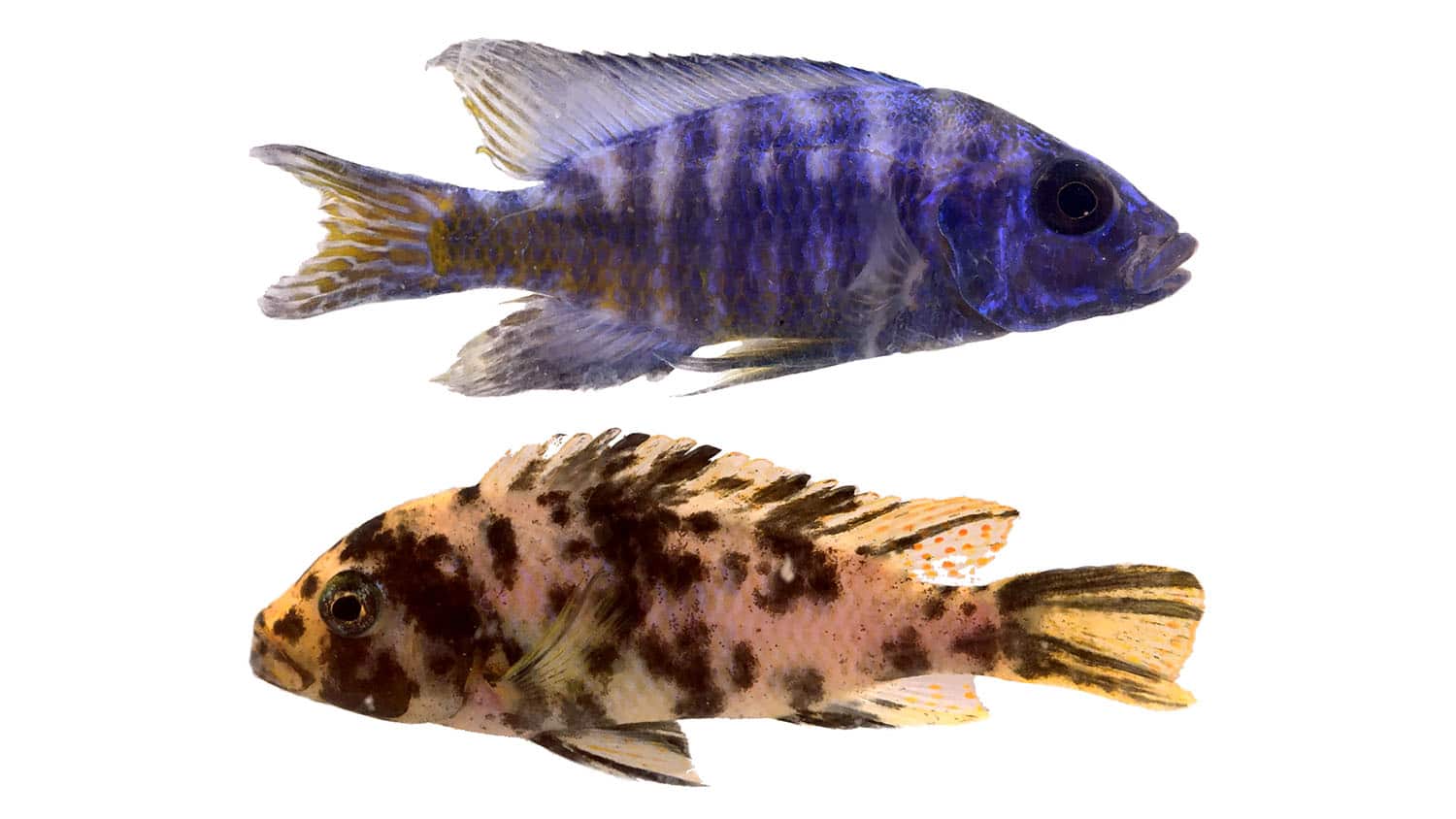For Immediate Release
Researchers have developed a new soft robot design that engages in three simultaneous behaviors: rolling forward, spinning like a record,and following a path that orbits around a central point. The device, which operates without human or computer control, holds promise for developing soft robotic technologies that can be used to navigate and map unknown environments.
The new soft robots are called twisted ringbots. They are made of ribbon-like liquid crystal elastomers that are twisted – like a rotini noodle – and then joined together at the end to form a loop that resembles a bracelet. When the robots are placed on a surface that is at least 55 degrees Celsius (131 degrees Fahrenheit), which is hotter than the ambient air, the portion of the ribbon touching the surface contracts, while the portion of the ribbon exposed to the air does not. This induces a rolling motion; the warmer the surface, the faster the robot rolls.
“The ribbon rolls on its horizontal axis, giving the ring forward momentum,” says Jie Yin, corresponding author of a paper on the work and an associate professor of mechanical and aerospace engineering at North Carolina State University.
The twisted ringbot also spins along its central axis, like a record on a turntable. And as the twisted ringbot moves forward it travels in an orbital path around a central point, essentially moving in a large circle. However, if the twisted ringbot encounters a boundary – like the wall of a box – it will travel along the boundary.
“This behavior could be particularly useful for mapping unknown environments,” Yin says.
The twisted ringbots are examples of devices whose behavior is governed by physical intelligence, meaning their actions are determined by their structural design and the materials they are made of, rather than being directed by a computer or human intervention.
The researchers are able to fine-tune the behavior of the twisted ringbot by engineering the geometry of the device. For example, they can control the direction that the twisted ringbot spins by twisting the ribbon one way or the other. Speed can be influenced by varying the width of the ribbon, the number of twists in the ribbon, and so on.
In proof-of-concept testing, the researchers showed that the twisted ringbot was able to follow the contours of various confined spaces. Video of the twisted ringbot can be found here: https://youtu.be/V6Ah_K1x4-8?si=n2B7A7iCyBsKs2vP.
“Regardless of where the twisted ringbot is introduced to these spaces, it is able to make its way to a boundary and follow the boundary lines to map the space’s contours – whether it’s a square, a triangle and so on,” says Fangjie Qi, first author of the paper and a Ph.D. student at NC State. “It also identifies gaps or damage in the boundary.
“We were also able to map the boundaries of more complex spaces by introducing two twisted ringbots into the space, with each robot rotating in a different direction,” Qi says. “This causes them to take different paths along the boundary. And by comparing the paths of both twisted ringbots, we’re able to capture the contours of the more complex space.”
“In principle, no matter how complex a space is, you would be able to map it if you introduced enough of the twisted ringbots to map the whole picture, each one giving part of it,” says Yin. “And, given that these are relatively inexpensive to produce, that’s viable.
“Soft robotics is still a relatively new field,” Yin says. “Finding new ways to control the movement of soft robots in a repeatable, engineered way moves the field forward. And advancing our understanding of what is possible is exciting.”
The paper, “Defected Twisted Ring Topology For Autonomous Periodic Flip-Spin-Orbit Soft Robot,” was published Jan. 9 in Proceedings of the National Academy of Sciences. The paper was co-authored by Yanbin Li and Yao Zhao, postdoctoral researchers at NC State; Yaoye Hong, a recent Ph.D. graduate of NC State; and Haitao Qing, a Ph.D. student at NC State.
The work was done with support from the National Science Foundation under grants 2005374 and 2126072.
-shipman-
Note to Editors: The study abstract follows.
“Defected Twisted Ring Topology For Autonomous Periodic Flip-Spin-Orbit Soft Robot”
Authors: Fangjie Qi, Yanbin Li, Yaoye Hong, Yao Zhao, Haitao Qing and Jie Yin, North Carolina State University
Published: Jan. 9, 2024, Proceedings of the National Academy of Sciences
Abstract: Periodic spin-orbit motion is ubiquitous in nature, observed from electrons orbiting nuclei to spinning planets orbiting the Sun. Achieving autonomous periodic orbiting motions, along circular and noncircular paths, in soft mobile robotics is crucial for adaptive and intelligent exploration of unknown environments—a grand challenge yet to be accomplished. Here, we report leveraging a closed-loop twisted ring topology with a defect for an autonomous soft robot capable of achieving periodic spin-orbiting motions with programmed circular and re-programmed irregular-shaped trajectories. Constructed by bonding a twisted liquid crystal elastomer ribbon into a closed-loop ring topology, the robot exhibits three coupled periodic self-motions in response to constant temperature or constant light sources: inside-out flipping, self-spinning around the ring center, and self-orbiting around a point outside the ring. The coupled spinning and orbiting motions share the same direction and period. The spinning or orbiting direction depends on the twisting chirality, while the orbital radius and period are determined by the twisted ring geometry and thermal actuation. The flip-spin and orbiting motions arise from the twisted ring topology and a bonding site defect that breaks the force symmetry, respectively. By utilizing the twisting-encoded autonomous flip-spin-orbit motions, we showcase the robot’s potential for intelligently mapping the geometric boundaries of unknown confined spaces, including convex shapes like circles, squares, triangles, and pentagons and concaves shapes with multi-robots, as well as health monitoring of unknown confined spaces with boundary damages.
- Categories:



